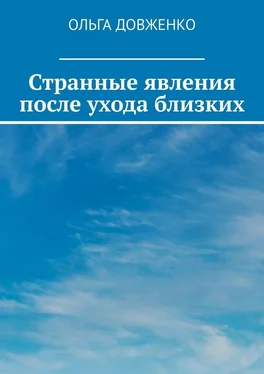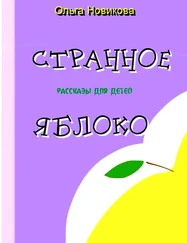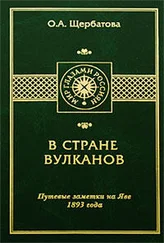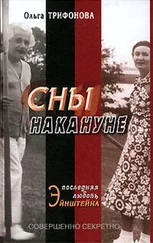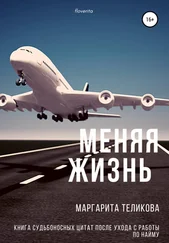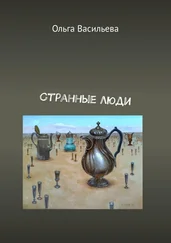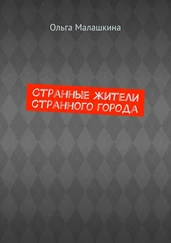Wright, S.H. (2006). Clues to the Nature of the Afterlife from After-Death Communication. SH Wright – Journal of Spirituality & Paranormal Studies, 2006
Wright, S.H. (2008). Over a century of research on after-death communication SH Wright – Journal of Spirituality & Paranormal Studies, 2008.
Roll, W.G. (1972). The poltergeist. New York: Nelson Doubleday.
Shermer, M. (2014, October). Infrequencies. Scientific American, 311 (4), 97. URL: http://dx.doi.org/10.1038/scientificamerican1014-97.
Biondi, M. (1984). Le telefonate dall’ Aldila’: Una nuova fenomenologia paranoramle? Quaderni di Parapsicologia, 15, 60—67.
Biondi, M. (1996). Periscopio. Luce e Ombra, 96, 199—206.
Telephone Calls from the Dead: A Revised Look at the Phenomenon Thirty Years On Cooper, C. E., 1 Jan 2012, Old Portsmouth: Tricorn Books.
An analysis of exceptional experiences involving telecommunication technology. Cooper, C. E., 1 Dec 2014, In: Journal of Parapsychology. 78, 2, p. 209—222 14 p.
Wright, S.H. (2006). Lights, radios and telephones that misbehave. In A. Cardoso, & D.Fontana (Eds.) Proceedings of the Second International Conference on Current Research into Survival of Physical Death with Special Reference to Instrumental Transcommunication (pp.283—294). Vigo, Spain: ITC Journal Productions.
Randall, J. (2009). The biggest question of all: And one man’s search for an answer. Paranormal Review, 52, 3—12.
McAdams, E.E. & Bayless, B. (1981). The case for life after death: Parapsychologists look at the evidence. Chicago: Nelson-Hall.
Biondi, M. (1984). Le telefonate dall’Aldila’: Una nuova fenomenologia paranormale? Quaderni di Parapsicologia, 15 (1), 60—67.
Baker, R. A. (1996). Hidden memories: Voices and vision from within. New York: Prometheus Books.
Krippner, S. (2006). Getting through the grief: After-death communication experiences and their effects on experients. In L. Storm, & M.A. Thalbourne (Eds.) The survival of human consciousness (pp.174—193). London: McFarland & Co.
Rogo, D.S. (1990a). Spontaneous contact with the dead: Perspectives from grief counselling, sociology, and parapsychology. In G. Doore (Ed.) What survives? (pp.76—91). Los Angeles: Jeremy P. Tarcher.
Spontaneous post-death experiences and the cognition of hope: an examination of bereavement and recovery. Thesis for the degree of Doctor of Philosophy. C. Cooper, 2017.
Магия мозга и лабиринты жизни / Н. П. Бехтерева. – Доп. изд. – Москва; Тверь: АСТ; Санкт-Петербург: Сова, 2007. С.111.
Там же. С.7.
Там же. С.111.
Там же. С. 127.
Там же. С. 127.
Там же. С.7.
Robert Laval, Making Sense Of Synchronicity / UNIVERSITY OF NORTHERN BRITISH COLUMBIA, 2013.
Durant, Rita. Synchronicity: A post-structuralist guide to creativity and change / Journal of OrganizationalChange Management, Vol. 15 No. 5, 2002, pp. 490—501.
Bolen, J.S. (1979), The Taoof Psychology: Synchronicity and the Self, Harper and Collins, New York.
Bernard D. Beitman.Coincidence Studies. Psychiatric Annals, Vol 41, Issue 12, December, 2011, p.561—571.
Imants Barušs JuliaMossbridge. Transcendent Mind: Rethinking the Science of Consciousness /American Psychological Association (APA) (2016), 256, EXPLORE: The Journal ofScience and Healing.
F. David Peat. Synchronicity: The Bridge Between Matter and Mind / Bantam Books, 1987, p. 245.
Victor Mansfield, Synchronicity, Science, and Soul-Making (Open Court Publishing, Chicago) October 1995.
Шопенгауэр А. Избранные произведения. М., 1992.
